 Search keywords:
Bacterial Manure Foliar Fertilizer Manufacturer Aminoacid Foliar Fertilizer
Search keywords:
Bacterial Manure Foliar Fertilizer Manufacturer Aminoacid Foliar Fertilizer
Welcome to Shandong Haidailvzhou Biology!
 Search keywords:
Bacterial Manure Foliar Fertilizer Manufacturer Aminoacid Foliar Fertilizer
Search keywords:
Bacterial Manure Foliar Fertilizer Manufacturer Aminoacid Foliar Fertilizer
In autumn, the ground temperature gradually drops, and the root system of vegetables is very aging, which hinders the absorption of nutrients. However, the autumn delay vegetables are in a period of vigorous growth and are prone to calcium deficiency.
Calcium absorbed by vegetables plays multiple roles in the plant. Once vegetables are deficient in calcium and internal metabolism is blocked, various symptoms of calcium deficiency will occur, such as tomato navel rot and dry Chinese cabbage heartburn.
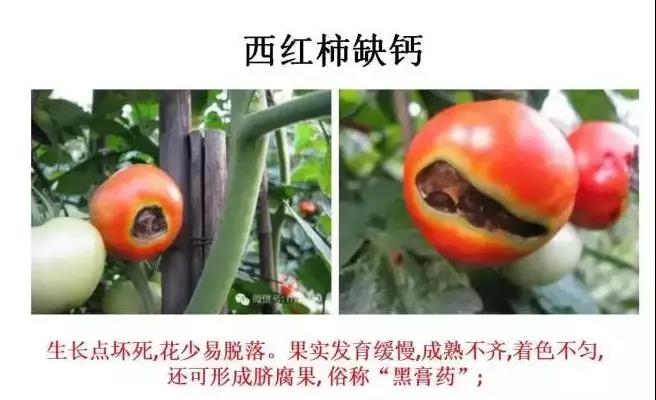
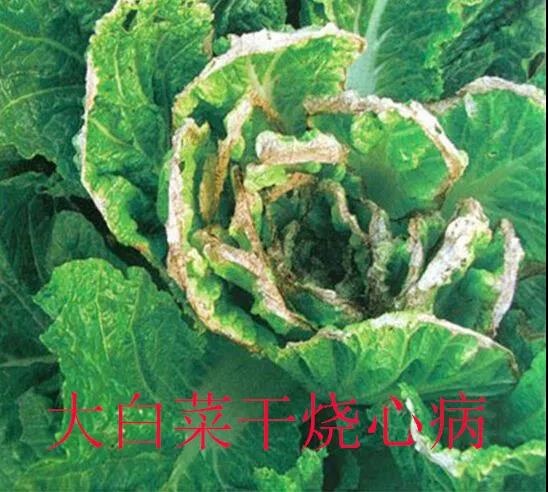

The general symptoms of calcium deficiency in crops are the growth stagnation, shrinkage and death of new plant parts such as apical buds and root hairs, adhesion of new leaves, unfolded new leaves, often scorched edges, and incompleteness; the top of the fruit is easy to sink, dark brown and necrotic.
Haidai Biology summarized the specific symptoms of calcium deficiency in several other common cash crops:
1. The typical symptom of calcium deficiency in tomato, watermelon, sweet pepper and eggplant is umbilical rot
2. The typical symptoms of calcium deficiency in cabbage are dry heartburn
3. The typical symptoms of lettuce calcium deficiency are ----- top burn
4. Pears appear when calcium is lacking-----heart rot
5. Apple-Bitter pit
6.Peach fruit-top softening
7. Orange\Grape-----cracked fruit
8. Grass crops-young leaves curl and dry, and the tip and edge of the functional leaves are wilted
9. Leguminous crops-the new leaves do not stretch, and the old leaves show off-white spots. Leaf veins are brown, petioles are soft and drooping
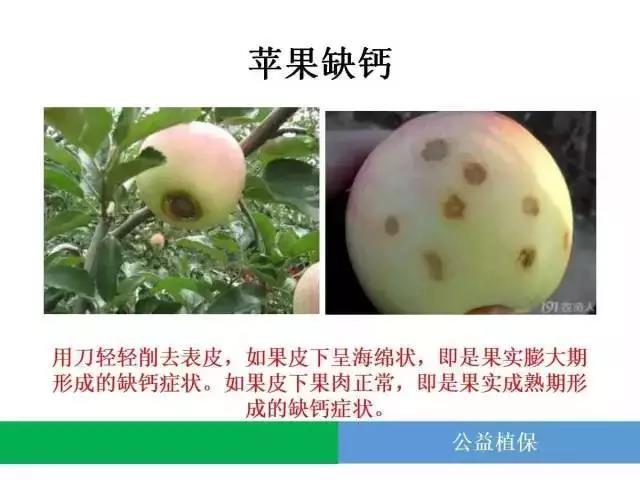








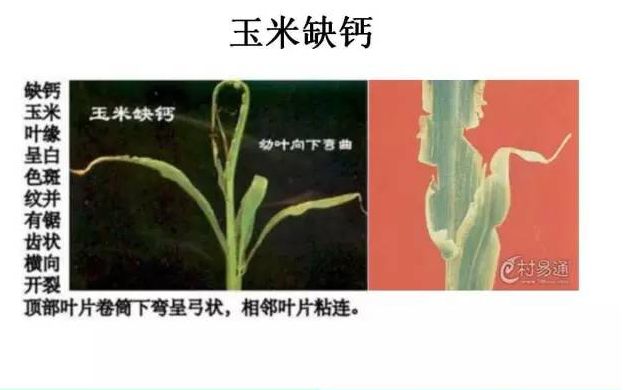
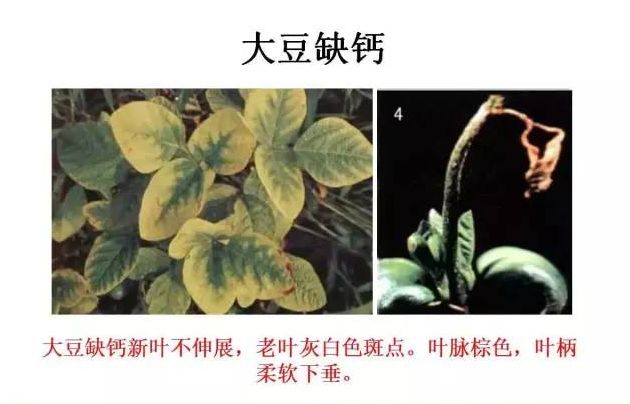

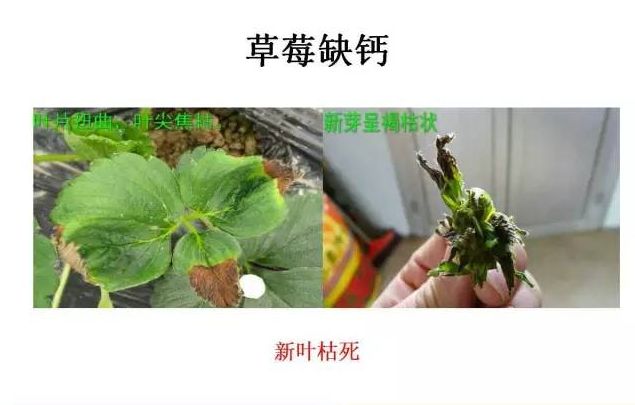


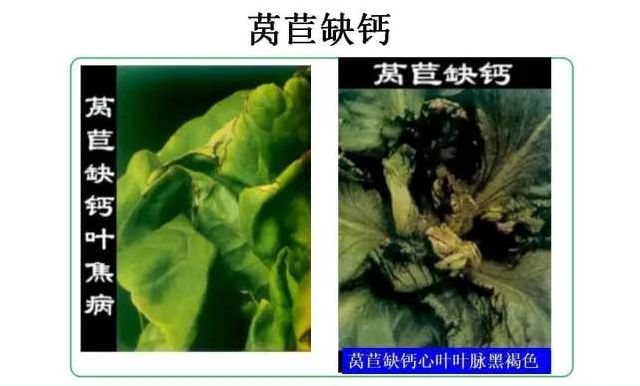




There are generally several reasons for calcium deficiency:
1. The soil itself lacks calcium;
2. The soil has high salt content, which inhibits the root system from absorbing water and nutrients;
3. The soil is dry, which increases the concentration of the soil solution and reduces water absorption by the root system, thereby inhibiting the absorption of calcium;
4. Excessive application of ammonium nitrogen will inhibit calcium absorption, and the incidence of calcium deficiency will increase with the increase in the amount of nitrogen fertilizer.

In terms of prevention and control methods, the main control is to control the amount of fertilizer. It is not advisable to use too much fertilizer at a time, especially chlorinated fertilizers such as ammonium chloride and potassium chloride; timely irrigation should be used to prevent soil drought; at the same time, foliar application of calcium fertilizer can be Use sugar alcohol calcium as spray fertilizer, generally spray once every 7 days or so, and spray 2 to 3 times to show the effect. Tomatoes should be sprayed on the 2~3 leaves above and below the inflorescence during flowering, and calcium should be sprayed when the Chinese cabbage begins to enter the heading stage.
TOP